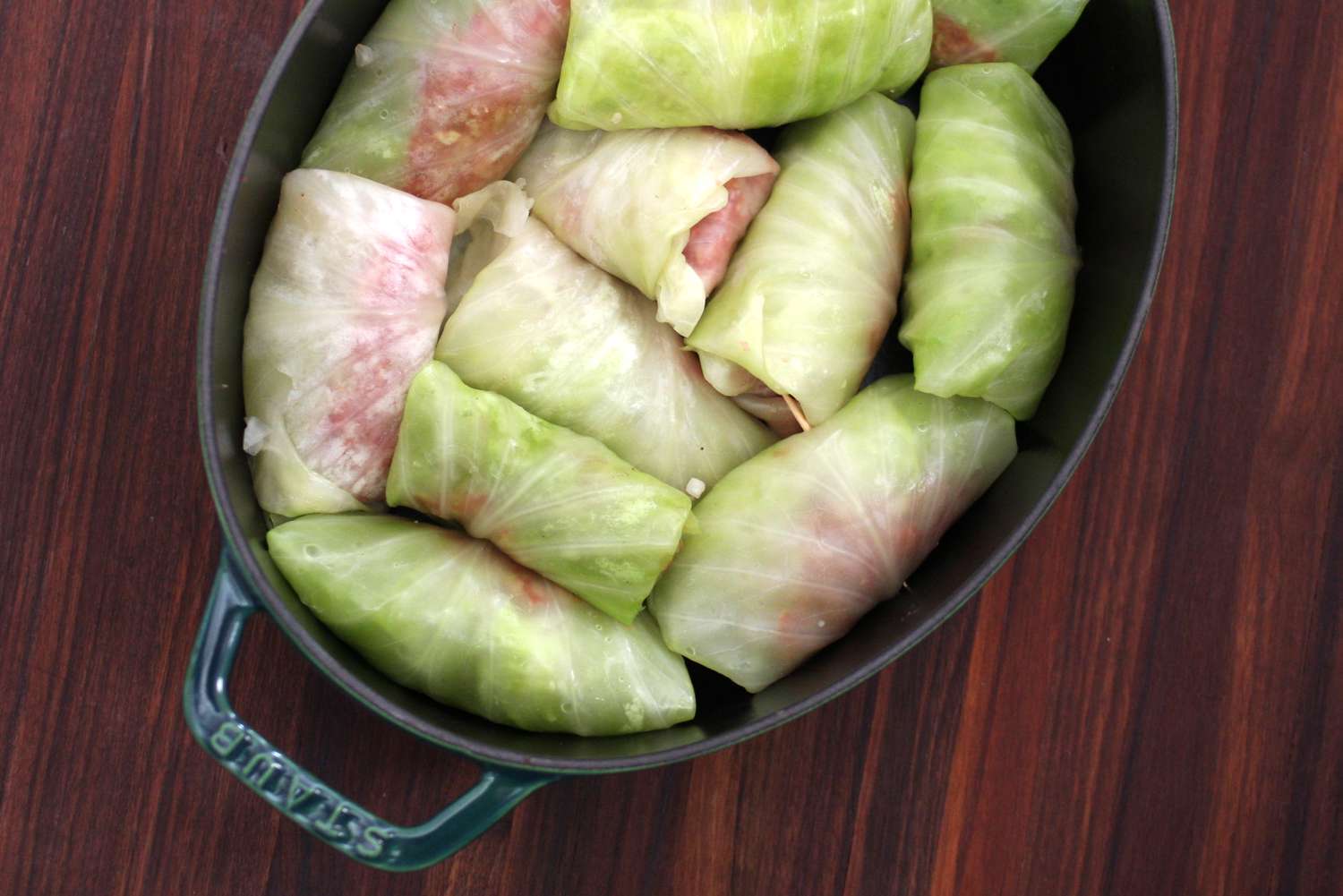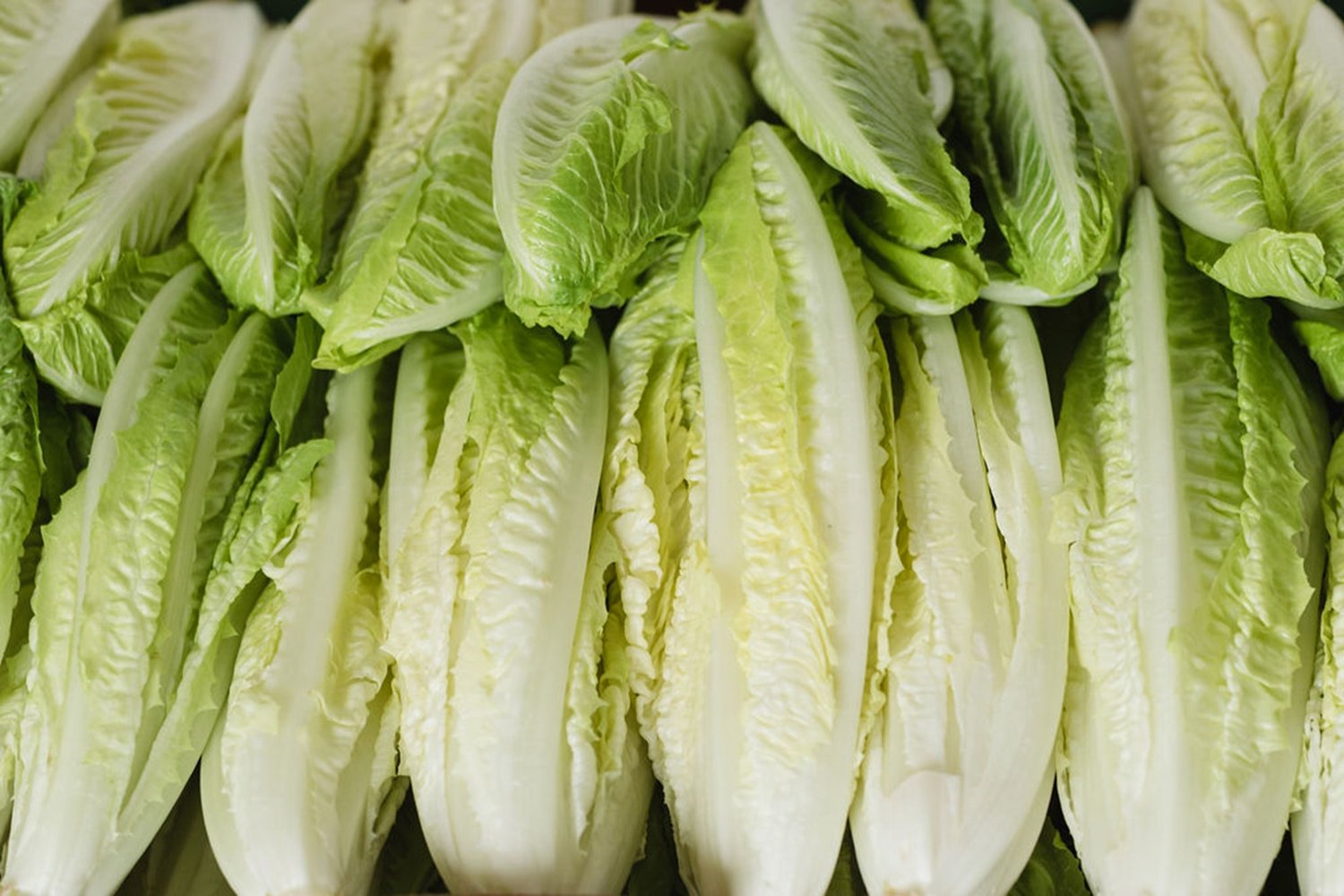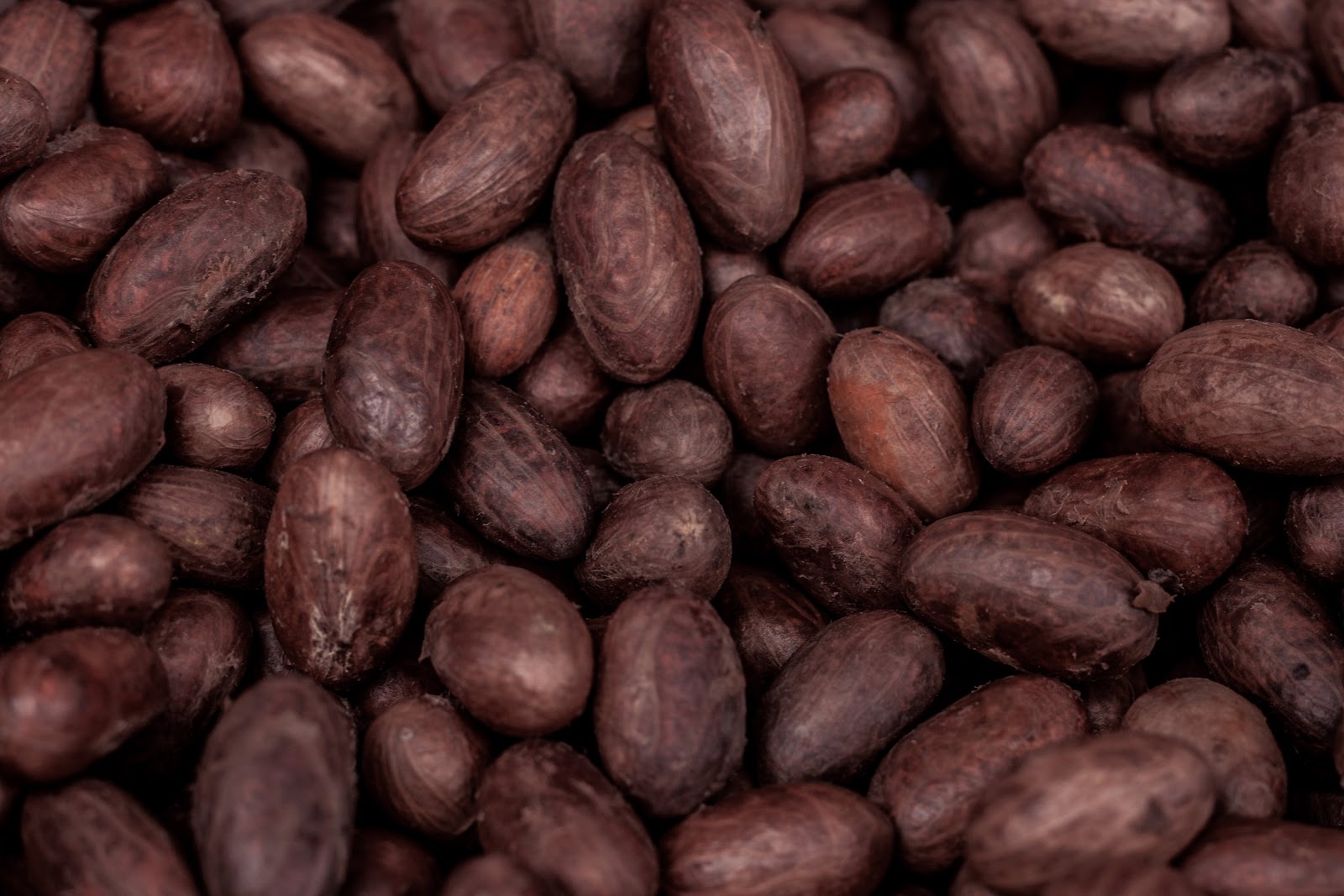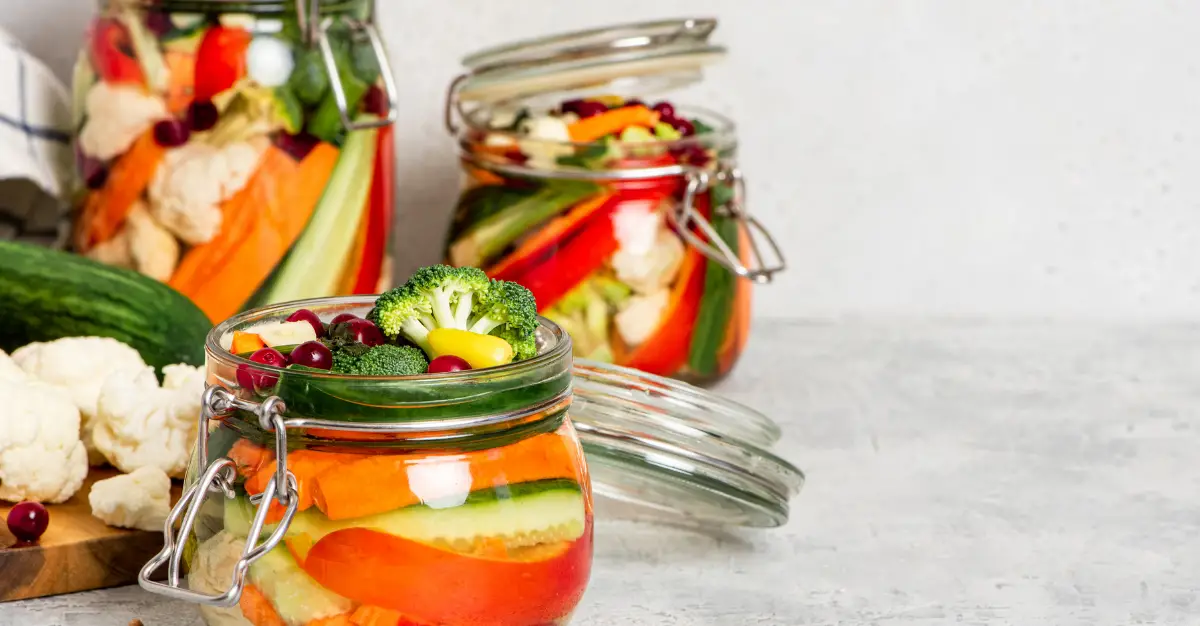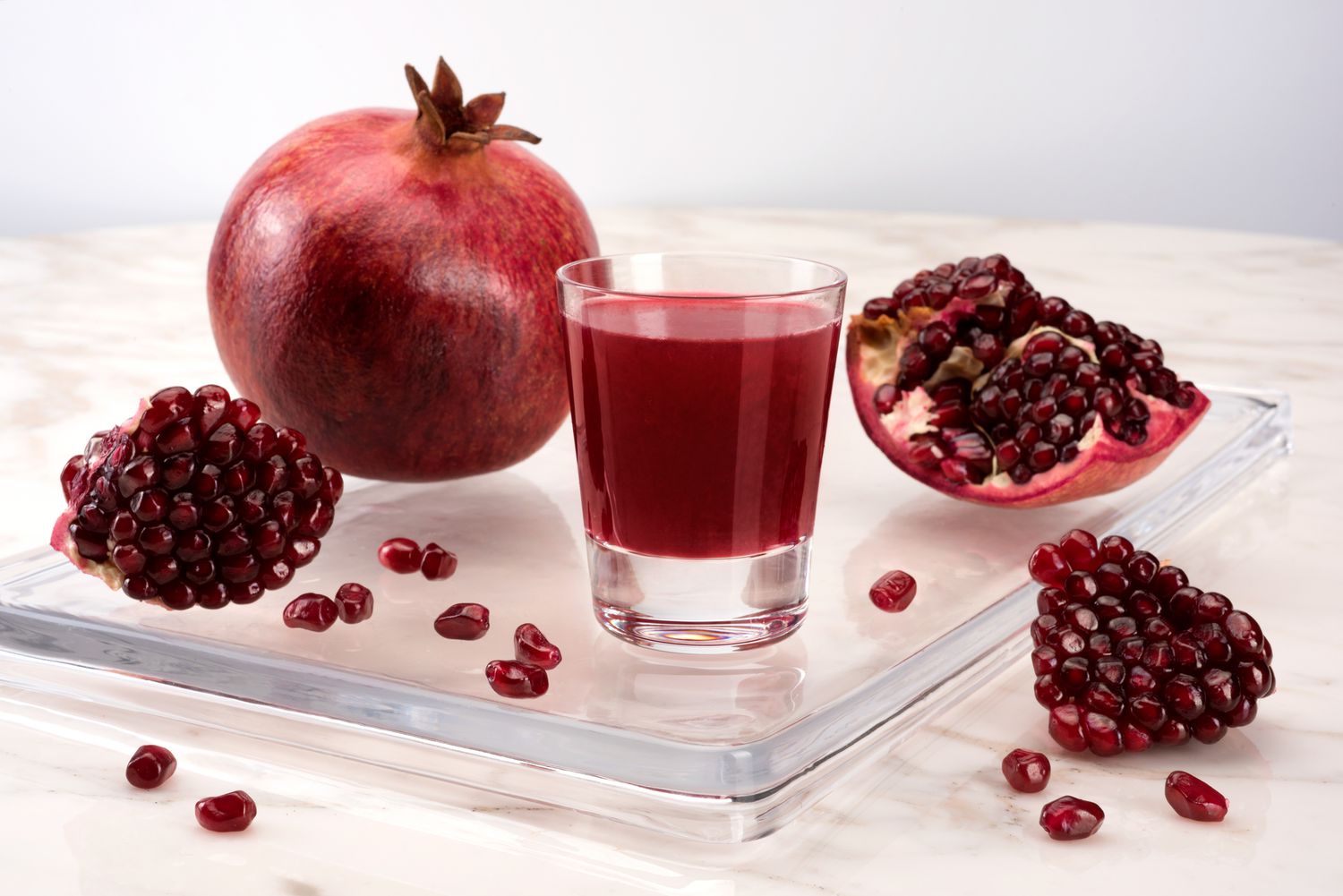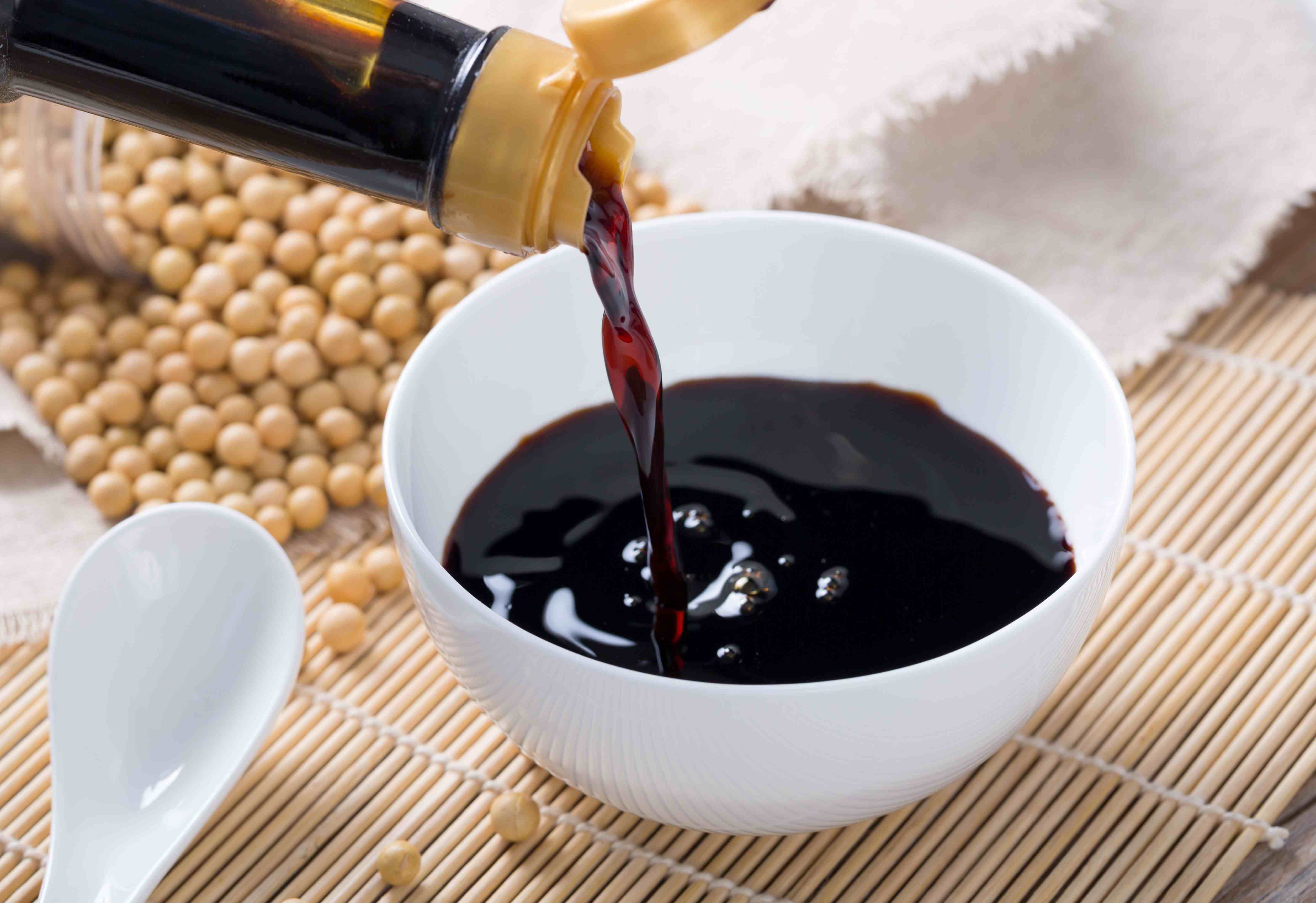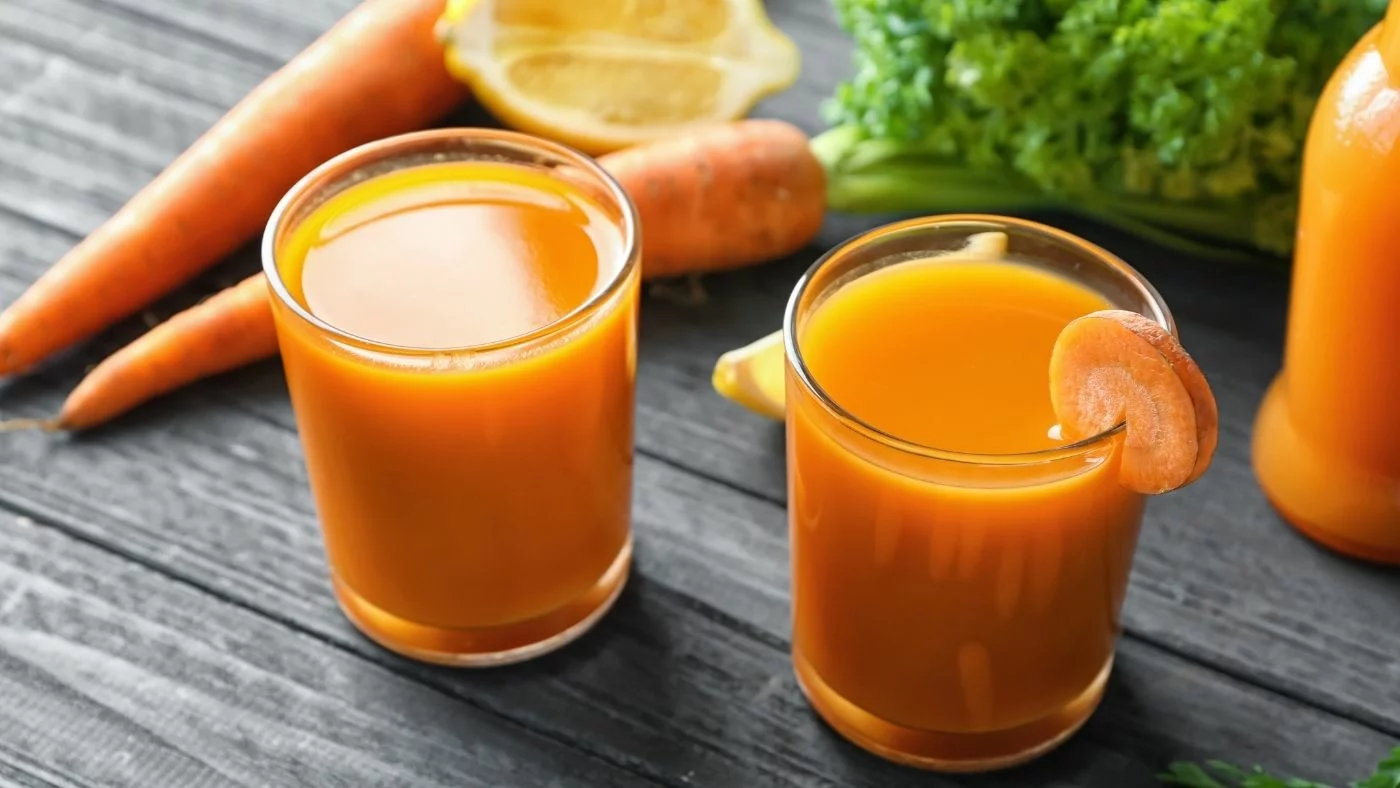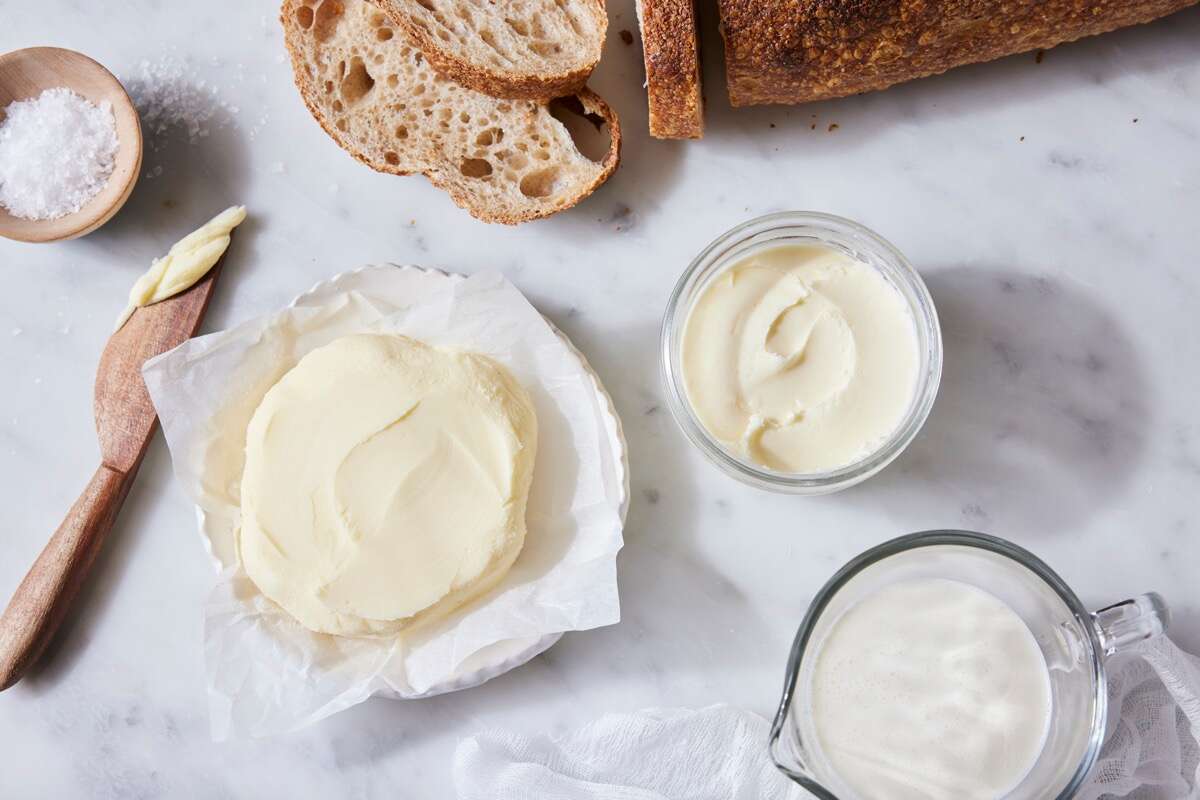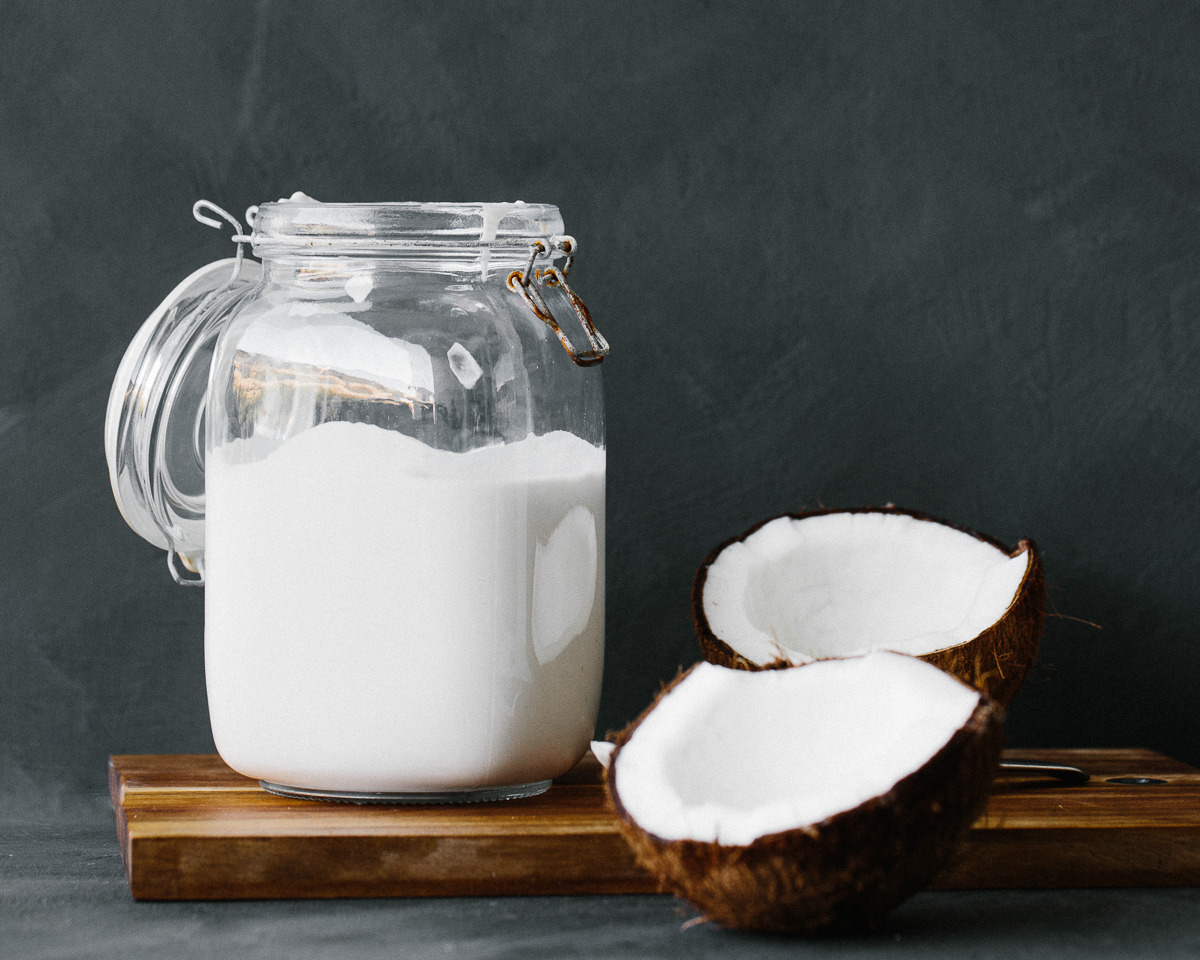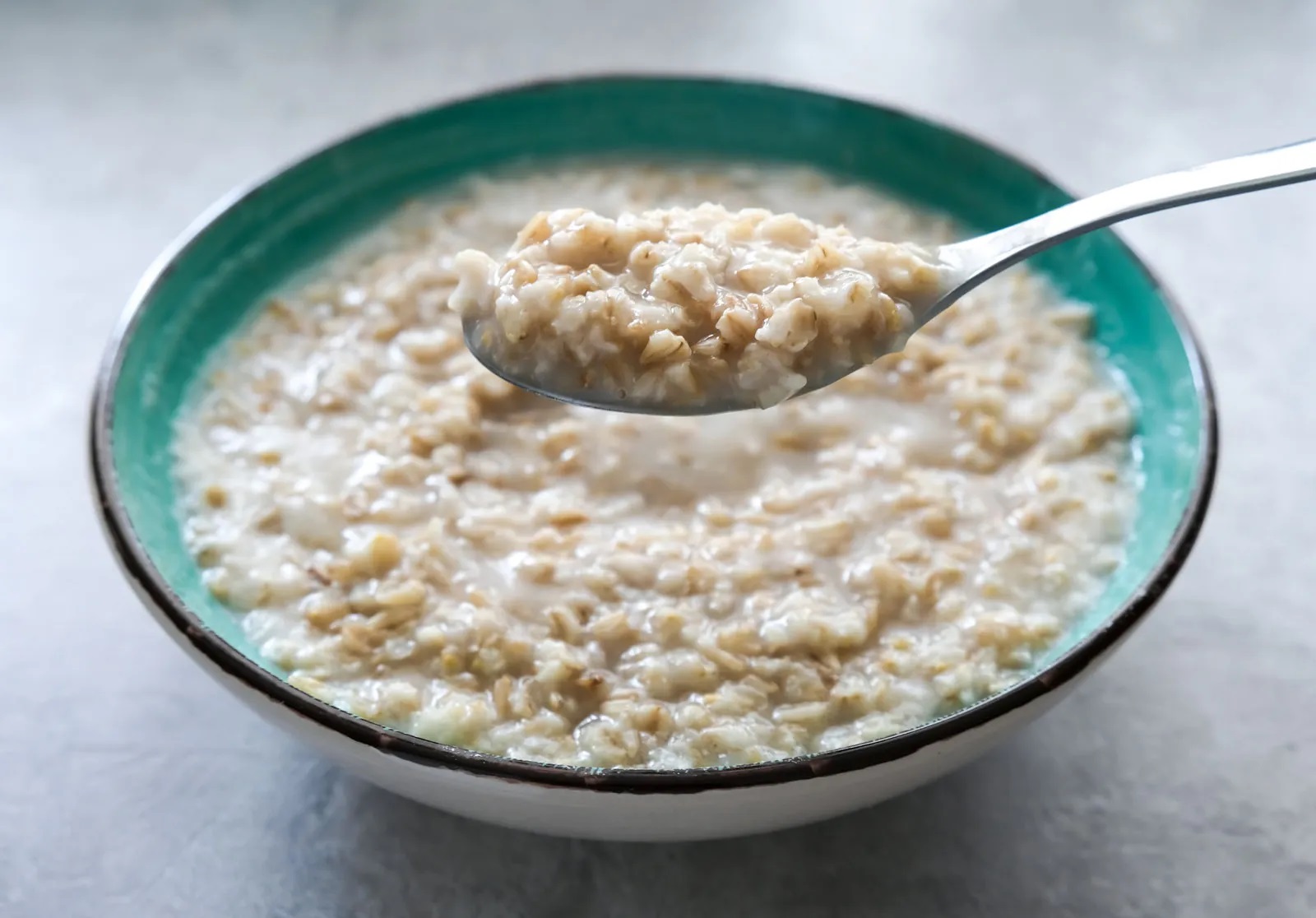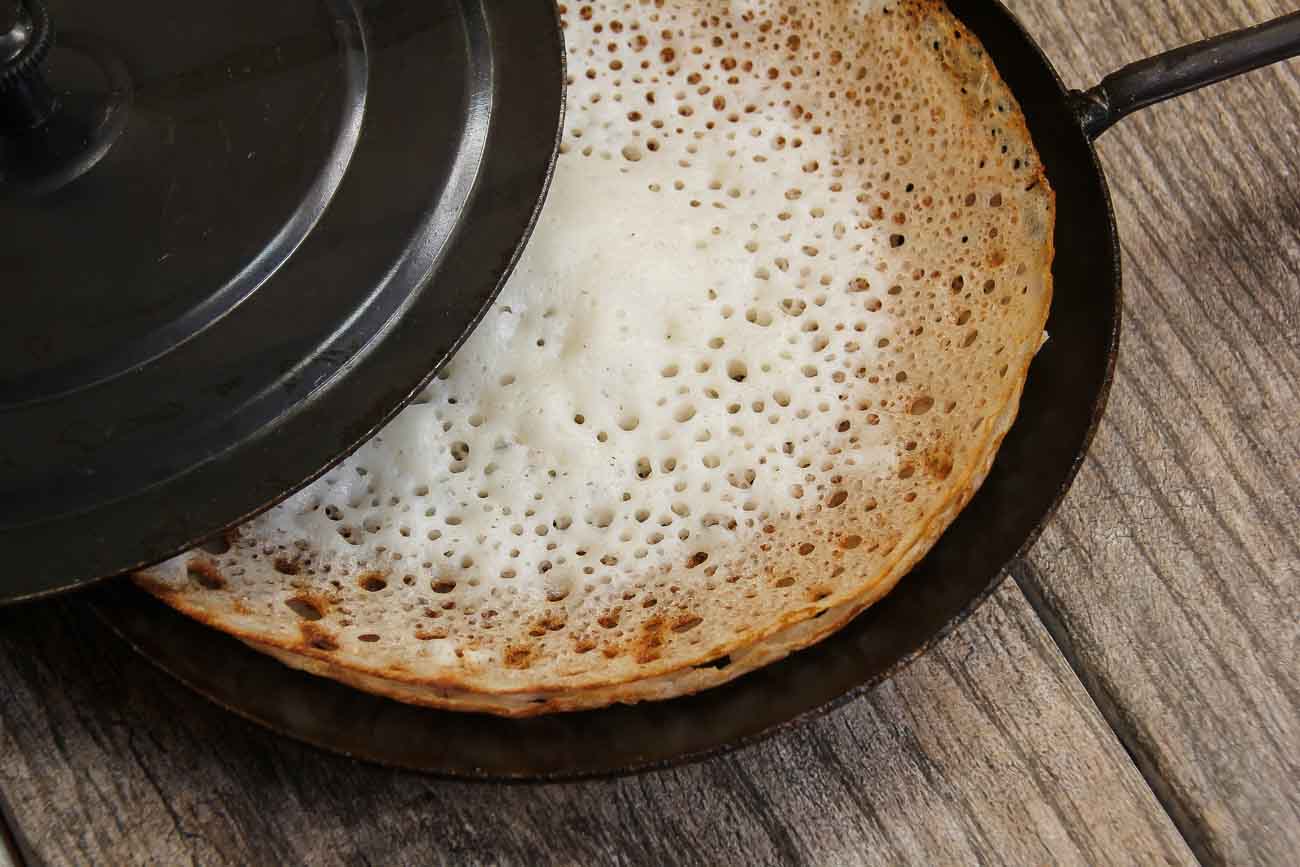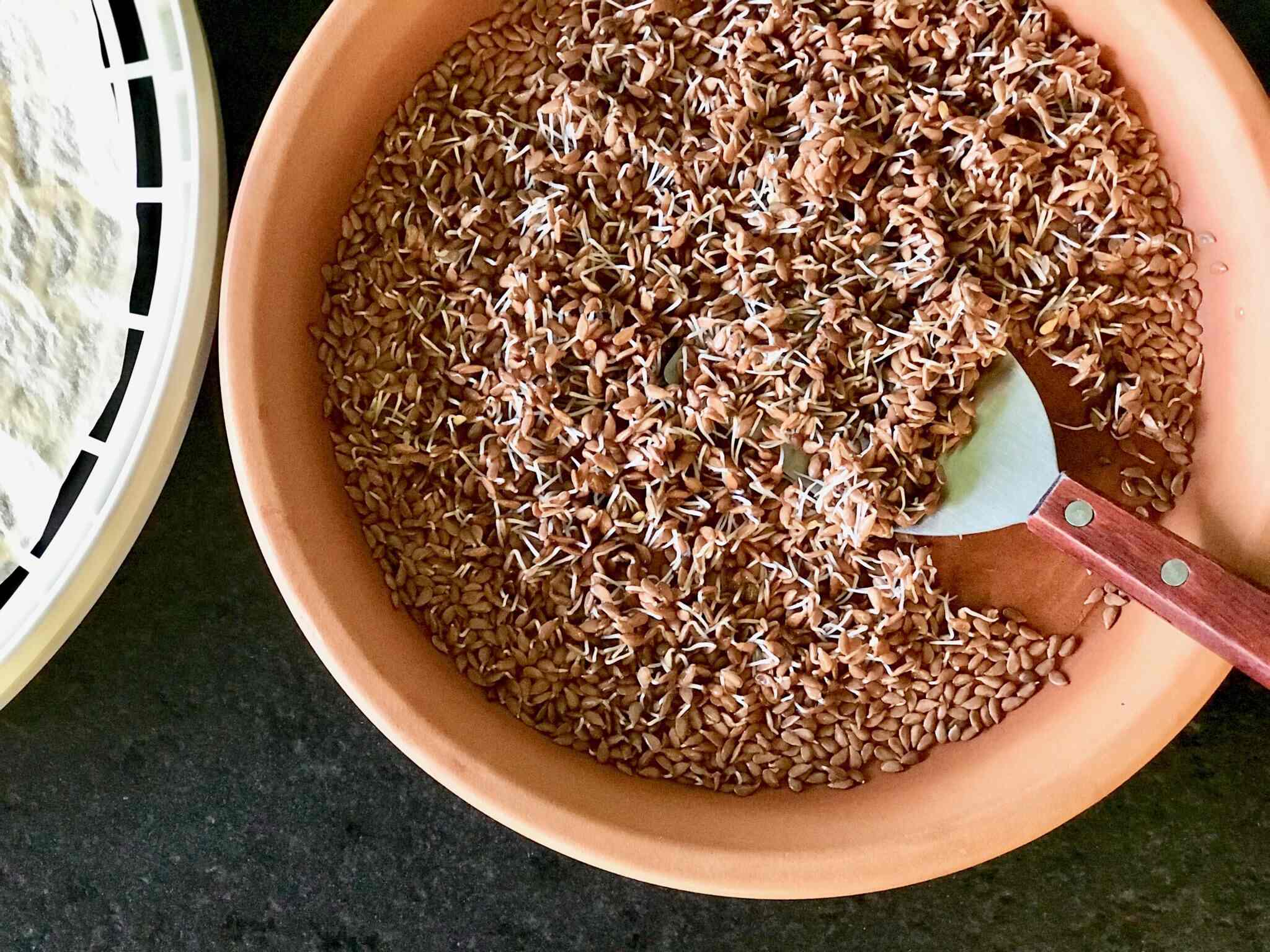Mastering the Art of Mold-Free Fermentation
Are you a fan of tangy sauerkraut, flavorful kimchi, or probiotic-rich kombucha? If so, you may already be familiar with the process of fermentation. Fermented foods are not only delicious but also offer numerous health benefits. However, one common challenge that many home fermenters face is dealing with mold during the fermentation process.
While mold can be a common issue when fermenting foods, there are several strategies you can employ to ensure that your ferments stay mold-free. Below, we’ll explore some tips and tricks for fermenting without mold, allowing you to enjoy the fruits of your fermentation labor without any unwanted contaminants.
Choose Quality Ingredients
When it comes to fermentation, starting with high-quality ingredients is essential. Whether you’re fermenting vegetables, fruits, or tea, be sure to select fresh, organic produce whenever possible. Fresh, organic ingredients are less likely to harbor mold spores, setting the stage for a successful fermentation process.
Clean and Sanitize Equipment
Before you begin the fermentation process, it’s crucial to clean and sanitize all of your equipment. This includes jars, fermentation weights, lids, and any other tools you’ll be using. Cleaning your equipment thoroughly helps to eliminate any potential sources of mold, creating a clean environment for your ferments to thrive.
Use the Right Amount of Salt
Salt plays a crucial role in fermentation, as it helps to create an environment that is inhospitable to mold and harmful bacteria. When preparing your brine or fermentation solution, be sure to use the appropriate amount of salt for the type of ferment you’re making. This will help to inhibit the growth of mold while allowing beneficial lactic acid bacteria to flourish.
Provide Proper Ventilation
During the fermentation process, carbon dioxide is produced as a byproduct. To prevent mold growth, it’s important to provide proper ventilation for your ferments. This can be achieved by using fermentation lids with airlocks or simply loosening the lids of your jars to allow gases to escape. Adequate ventilation helps to create an environment that is favorable for fermentation while discouraging the growth of mold.
Monitor the Fermentation Process
Keeping an eye on your ferments is essential for preventing mold growth. Regularly check on your fermenting foods to ensure that everything is progressing as it should. If you notice any signs of mold, such as fuzzy spots or discoloration, it’s important to address the issue promptly to prevent it from spreading.
Consider Using Starter Cultures
Introducing starter cultures to your ferments can help to outcompete mold and other unwanted microorganisms. Starter cultures, such as whey or specific strains of bacteria, can kickstart the fermentation process and create an environment that is more resistant to mold growth. Additionally, using starter cultures can help to ensure a consistent and predictable outcome with your ferments.
Conclusion
Fermenting foods at home can be a rewarding and enjoyable process, but dealing with mold can be a common source of frustration. By following the tips outlined above, you can increase the likelihood of successful, mold-free fermentation. Remember to start with quality ingredients, maintain a clean environment, and monitor your ferments closely to ensure a positive outcome. With a little knowledge and attention to detail, you can master the art of mold-free fermentation and enjoy a variety of delicious, probiotic-rich foods.
Was this page helpful?
Read Next: How To Ferment Baby Cucumbers
